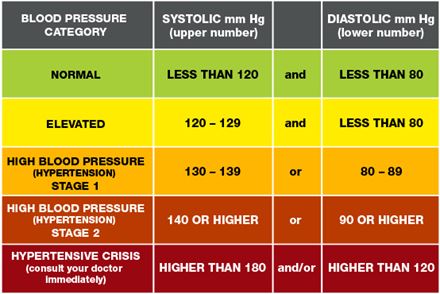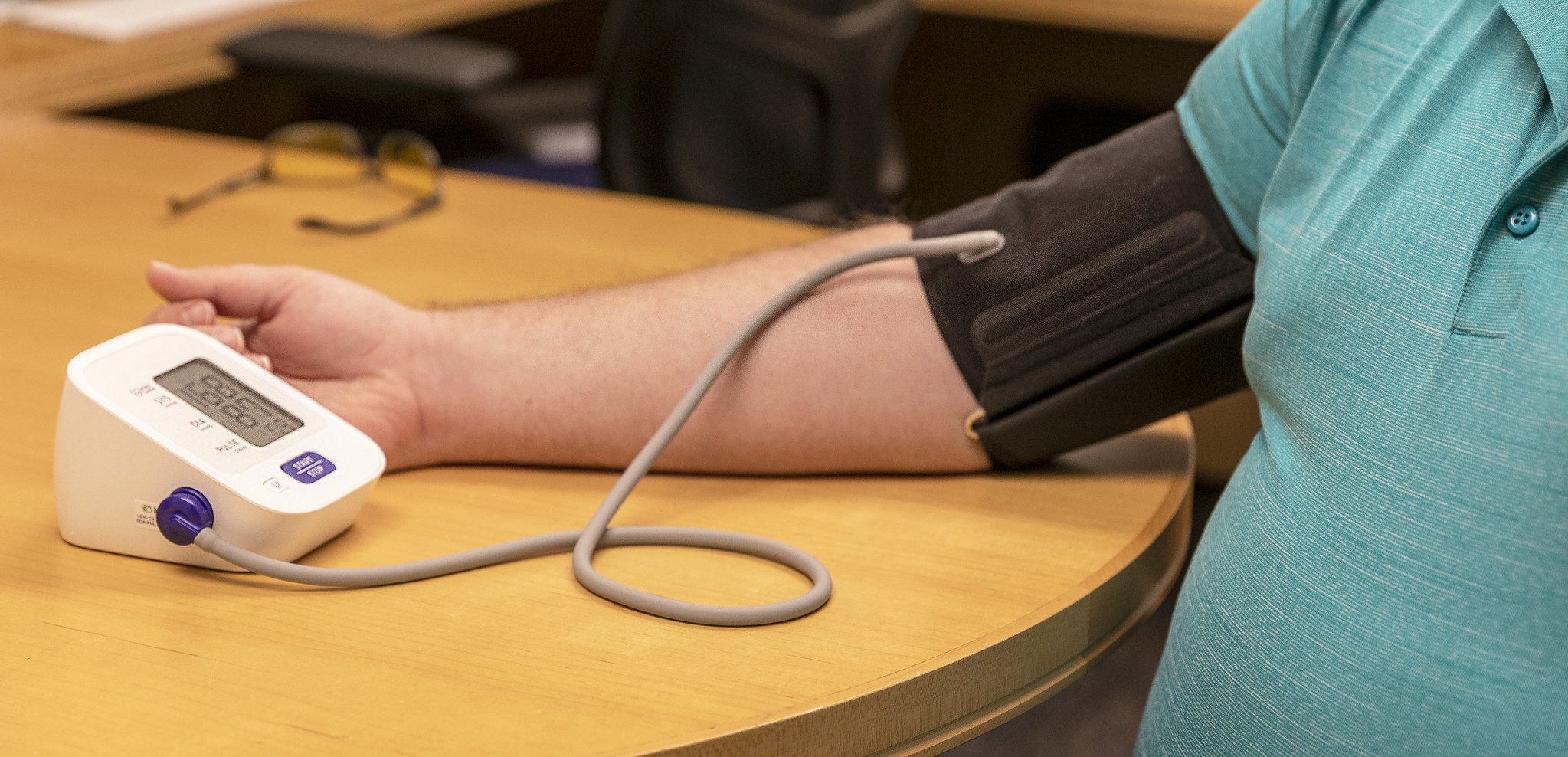Home & Family

High blood pressure (HBP, or hypertension) is a symptomless silent killer that quietly damages blood vessels and leads to serious health problems. HBP means the pressure in your arteries is higher than it should be.
Unfortunately, there is no cure for high blood pressure. But making healthy lifestyle changes, medications and treatment can enhance your quality of life and reduce your risk of heart disease, stroke, and other complications.
Know Your Numbers
Is your blood pressure in a healthy or an unhealthy range? The best way to know is to get your blood pressure checked.
If you’re diagnosed with high blood pressure, you should monitor your blood pressure regularly. You can measure your blood pressure at home with a home blood pressure monitor or visit your healthcare team to check your blood pressure. It’s essential to know your blood pressure numbers to have a clearer picture of your risk for heart disease and stroke, as well as understanding the changes you need to make related to high blood pressure. For people with HBP, keeping a running log of blood pressure readings can help improve the quality of treatment. Download a printable blood pressure log from the American Heart Association.

Chart by the American Heart Association.
Make Changes That Matter
- Lose extra pounds and watch your waistline
- Eat a well-balanced diet that’s low in salt/sodium
- Exercise regularly – 150 minutes a week/30 minutes, five days a week
- Reduce your stress
- Maintain a healthy weight
- Take your medications properly
- Work together with your doctor
- Limit alcohol
- Quit smoking
- Cut back on caffeine
Managing blood pressure is a lifelong commitment.
If you have high blood pressure, you must listen to your doctor. Remember: You’re a part of your healthcare team. You and your doctors are partners.
While heart disease is still the number one killer in the United States and worldwide, death rates have decreased significantly. Earlier diagnosis and better treatment of high blood pressure have played a vital role in that decrease.

